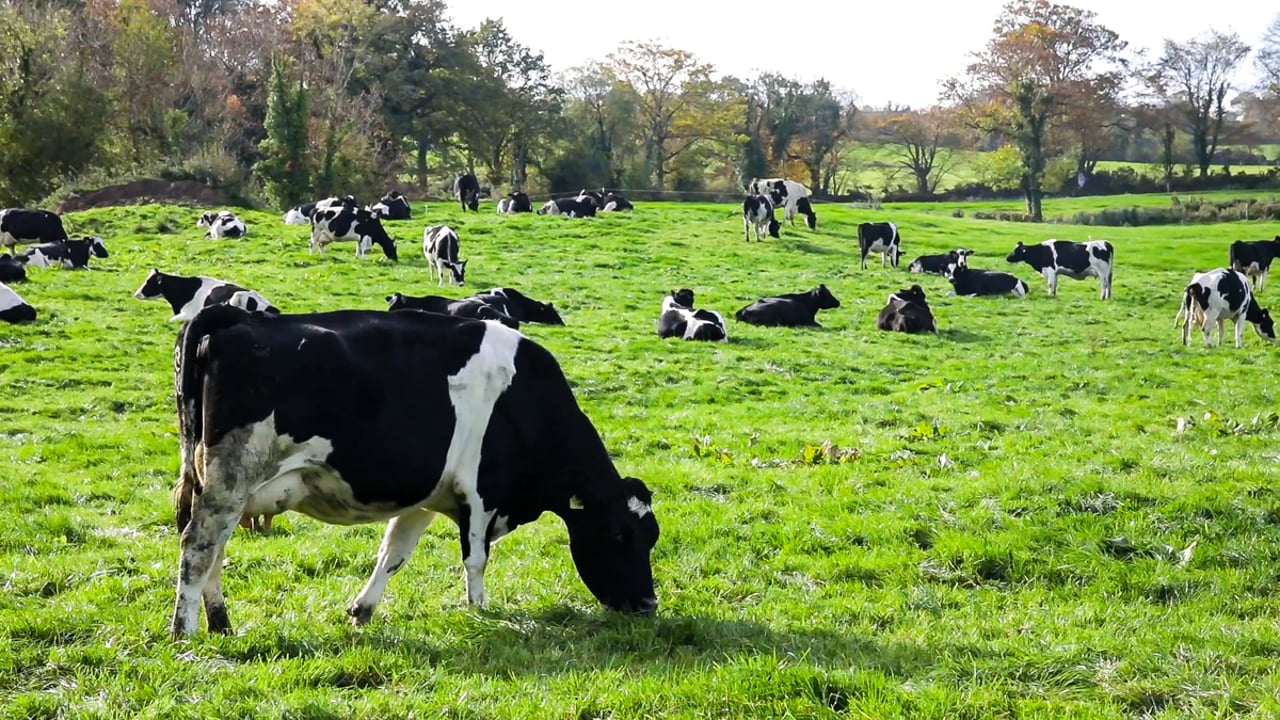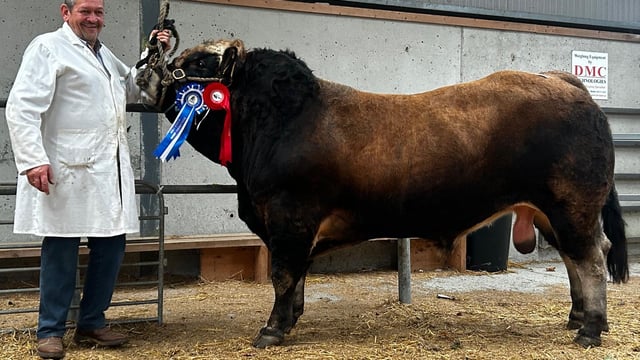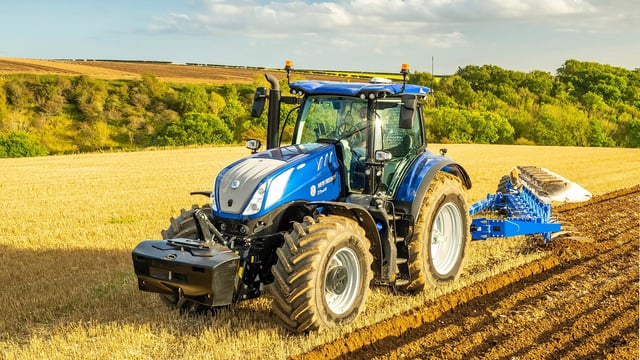Grass growth: Don't keep cows out for the sake of it
Grass growth continues to be above average for this time of the year, but farmers should be mindful of average farm cover (AFC) and closing off paddocks in time this autumn.
Although the weather often pushes cows inside for the winter, farmers need to keep next spring in mind.
The good grazing conditions has relieved the pressure on farmers' winter feed supply, especially for those that have been feeding silage for most of the summer due to the poor grass growth rates.
These good ground conditions and growth rates should not tempt farmers to stay out longer than they should due to tight fodder supplies and the much needed milk price.
Farmers need to aim to close up the whole milking platform with an AFC of over 700kg dry matter (DM)/ha by December 1.
Each week delayed in closing reduces spring grass supply by over 100kg DM/ha, and if farmers are tight on grass and have poor covers, they should consider housing the cows full-time or even part-time for a week or two before.
Keeping cows out for another few days might be no harm, as it will keep the costs down and keep milk protein up on the farm.
Grass growth, according to PastureBase Ireland, was 28kg DM/ha with a demand of 25kg DM/ha and the typical diet across the country consists of 10kg DM of grass, 4kg of meal and 4kg of silage.
When planning your grazing for November, farmers need to remember that spring grass is much more valuable than autumn grass.
With the improvements in herd fertility seen in the last number of years, calving has got a lot more compact meaning that there is going to be a higher herd demand for feed earlier in the spring.
Farmers need to remember that every extra day at grass in the spring is worth up to €4/cow/day, and it is important that they try maximise that with a good grass supply for the new year.
The argument is that putting cows in early will only reduce the total amount of silage available on the farm for the winter, but keeping them out is resulting in eating into grass supply, which will increase the cost of production next spring while reducing the amount of grass available.
Grazing for the rest of 2024 should be done with the goal of setting the farm up for a profitable 2025 rather than trying to squeeze every last bit out of an overall poor milk producing year in 2024.
Finishing the year off on a high means keeping the cows' milk production up, while closing off the farm with a good closing cover to ensure there is grass for the new year, where the greatest response will be achieved.





